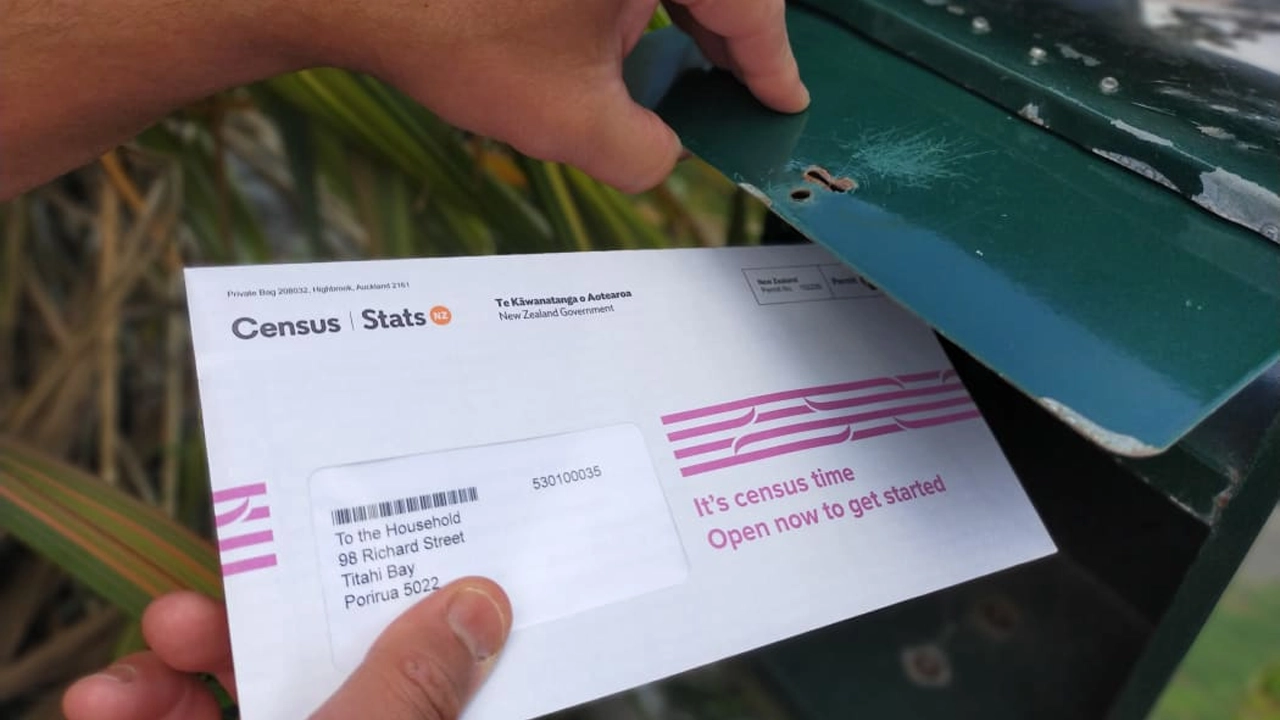
1News has released raw figures of the 2023 census, showing that just 649,200 forms have been returned from people of Māori descent. That is 64 percent. This latest data from Statistics New Zealand has attracted a lot of concern, noting that “this year’s Māori census turnout may be worse than the record-low turnout of 2018.”
Census is an essential tool for understanding and planning the country’s future, so a low turnout can be a significant disadvantage moving forward as a community. The forms can be completed online or on paper, which we would assume is a great strategy moving forward to give individuals the option to choose according to their preferences. Only, the results aren’t as such.
Statistics New Zealand had a target of 90% Māori participants this year, relying heavily on their forms for a developing Aotearoa. Only, the numbers aren’t an official figure and could include duplicates, however, the target of 90% is well off with [so far] only 64%.
Statistics New Zealand’s Deputy Government statistician Simon Mason quotes, “We would have liked to see a higher turnout from Māori and Pacific people because they are underrepresented in almost all the data that we have from them.” While still counting the forms, Simon adds, “For the remaining time that we have available to us, it’ll be a hard target [of 90%] for us to meet.”
A further estimate of approximately 357,600 forms is yet to be received from Māori people, about one-third of the Māori population.
Te Whare Wananga o Waikato’s Tahu Kukutai [Waikato University’s Te Ngira Institute for Population Research] said that would be very difficult to achieve. She indicates she’d be concerned if she was “Stats NZ. It’s a rough indication, but it’s an important one.”
“We do have to be careful because the actual response rates can’t be computed until after the post-survey which happens after the census so these aren’t gold standard rates, but they are a good indicator of how the rates are tracking.”
In 2018, the Māori turnout records census received was about 68%, a low record but it’s worse now, going 4% down.
Professor added, “They have taken on board a lot of the lessons from 2018, a year which went horribly wrong. They put more people on the ground, they’ve gone to greater efforts to engage with communities, there’s certainly a lot more money that’s been put into the census this time and they’ve developed iwi partnerships.”
One of the key factors in the low turnout is likely to be a lack of awareness and understanding about the importance of the census. Many Māori communities are located in rural and remote areas, where access to information and communication can be limited. This can make it difficult for people to understand why the census is important and how it can benefit their communities.
Another factor is a lack of trust in the government and its ability to represent Māori interests. There is a long history of mistrust between Māori communities and the government, which has been exacerbated by a series of high-profile controversies, including the Foreshore and Seabed Act and the ongoing debate around water rights. Keeping this long history in mind, it’s important to now utilise this time to support this particular community and grow their trust in the failing government.
There are also concerns about the quality of the engagement and support provided by the government to Māori communities in the lead-up to the census. While the government has made efforts to improve engagement and outreach, there are still concerns that these efforts are not reaching all Māori communities, particularly those in more remote and rural areas.
To address these concerns, there are calls for greater investment in outreach and support for Māori communities. This could include targeted advertising campaigns, community engagement programs, and increased investment in technology and communication infrastructure to improve access to information and support.
There is also a need for greater recognition and representation of Māori interests in government decision-making. For example, involving greater consultation and engagement with Māori communities on policy and decision-making, as well as the creation of more representative structures within government.
Although the government invested over $100 million to get it “right this time” and boosted the delivery of paper surveys by 40%, as well as doubling the number of census workers on the ground to 3,500, the results aren’t as appealing. Statistics New Zealand must really consider various “factors” to boost the Māori community’s engagement for the future.